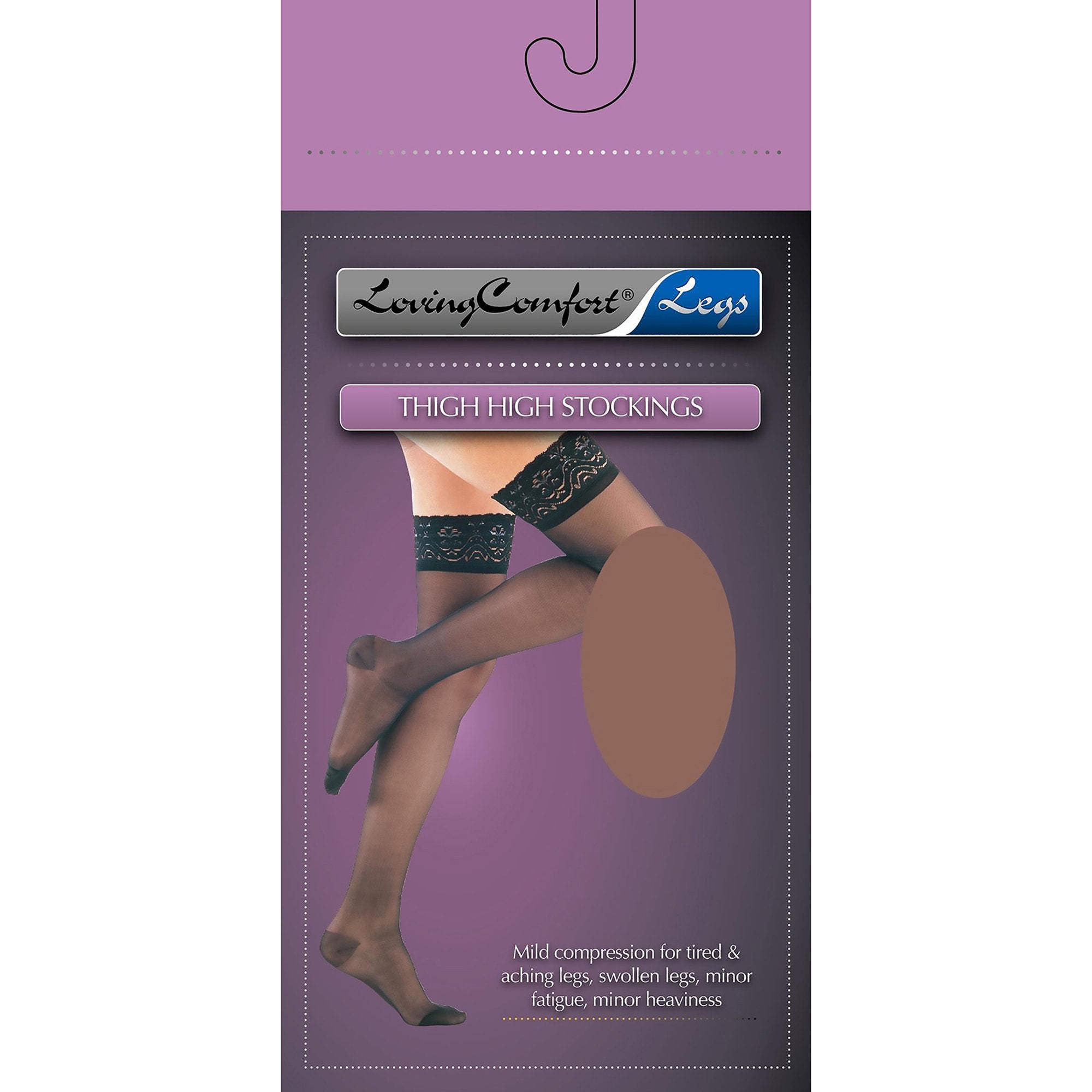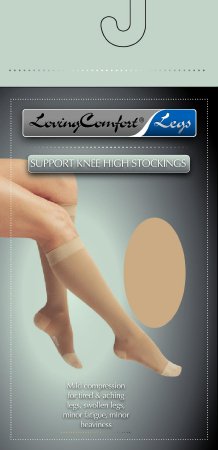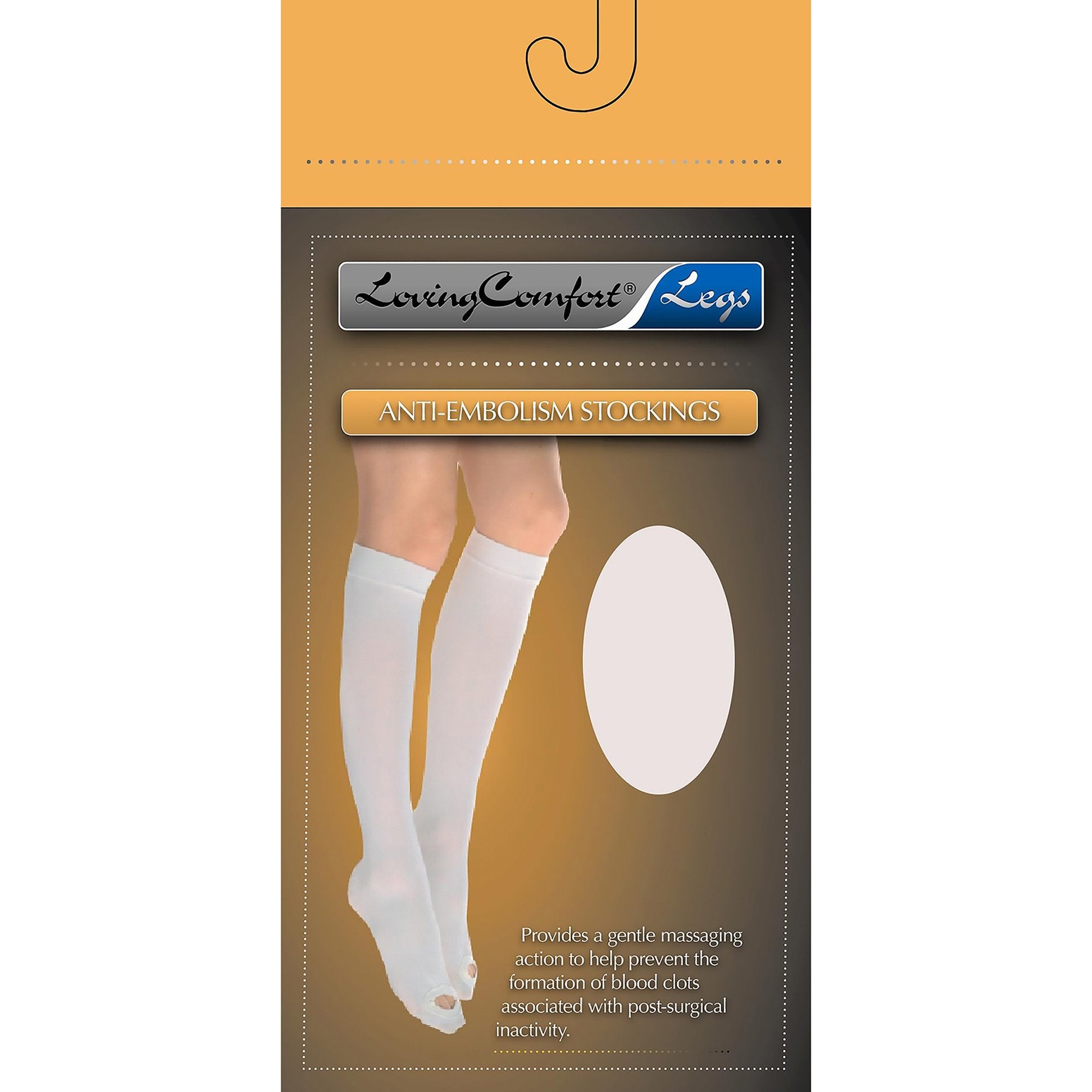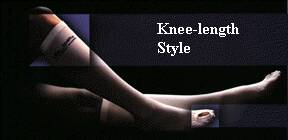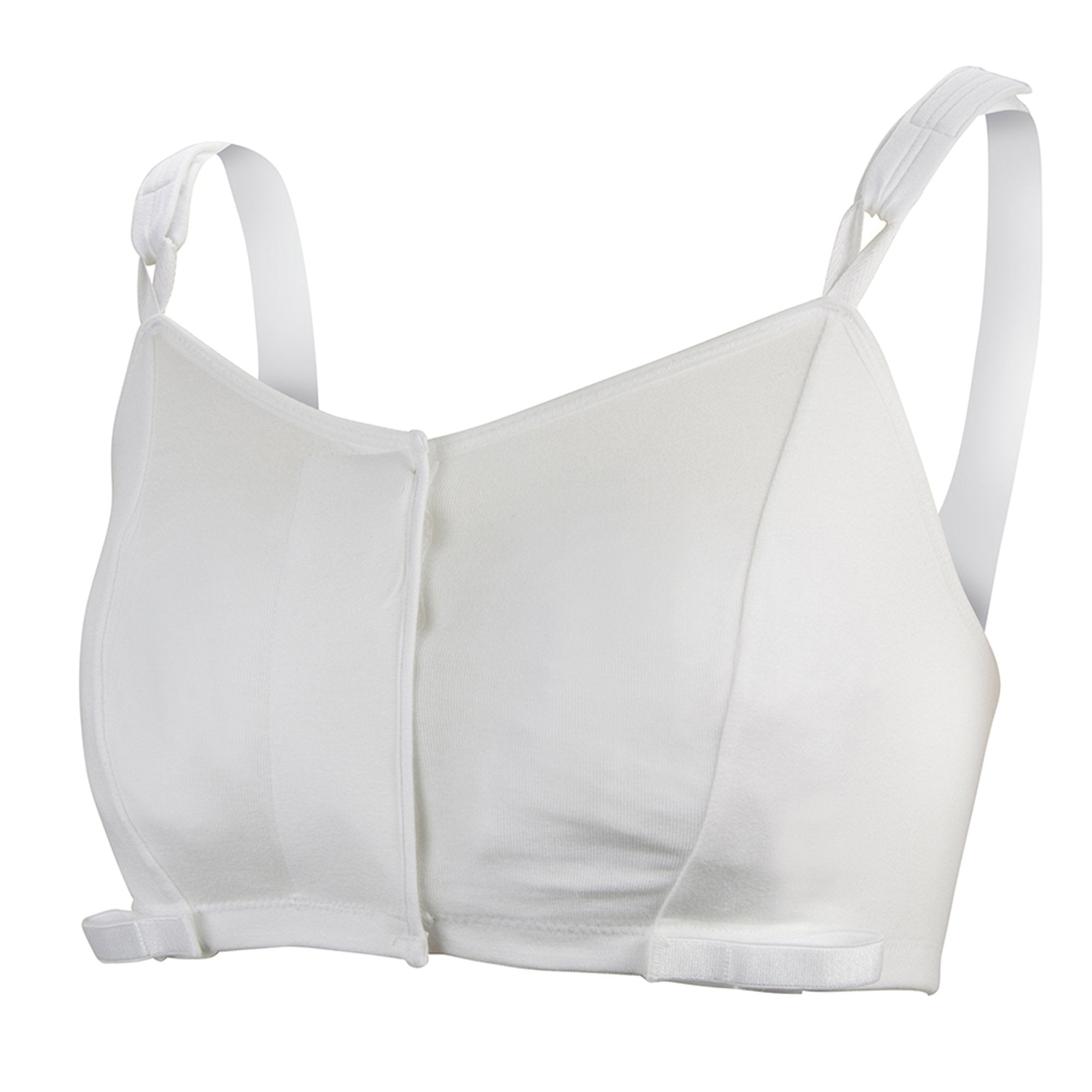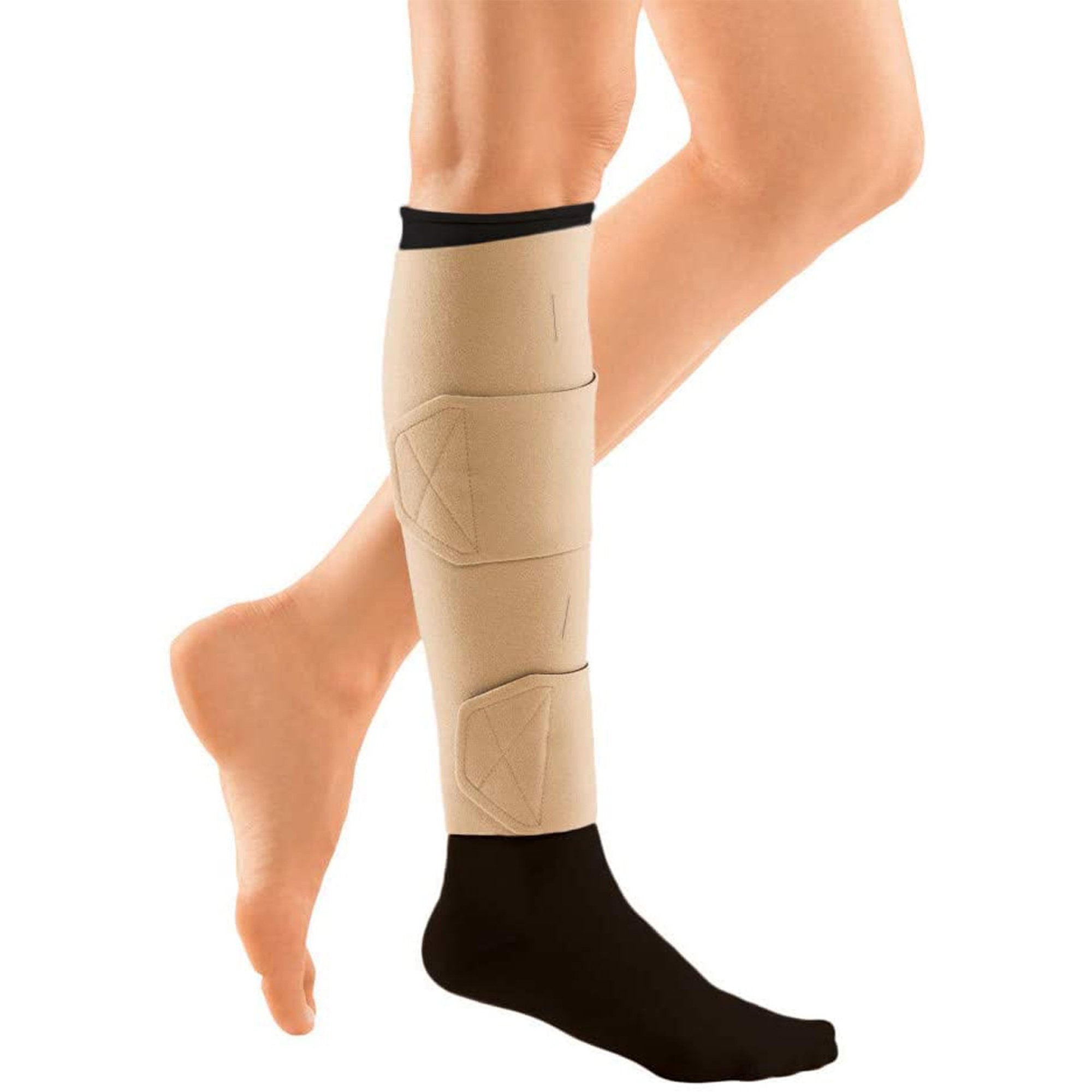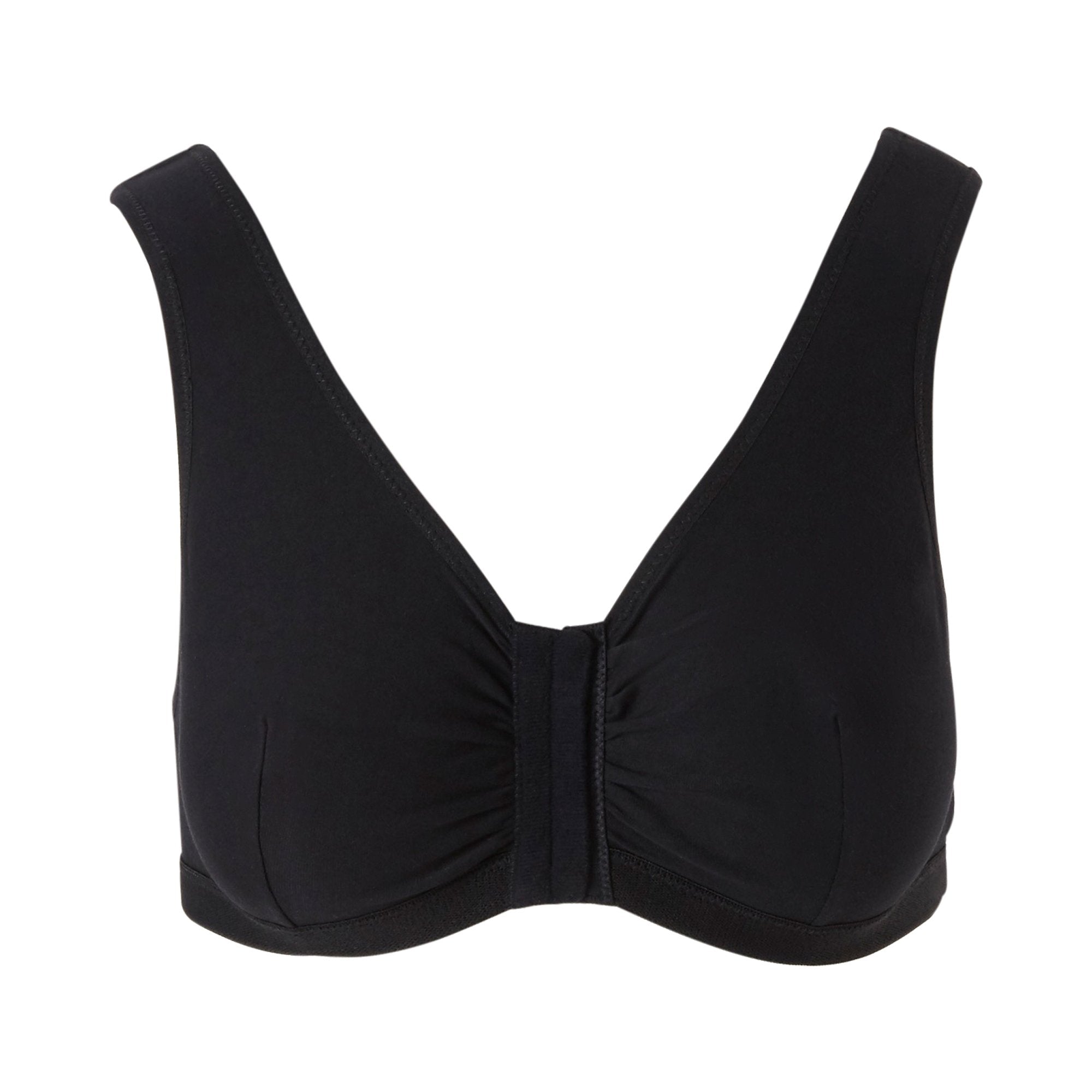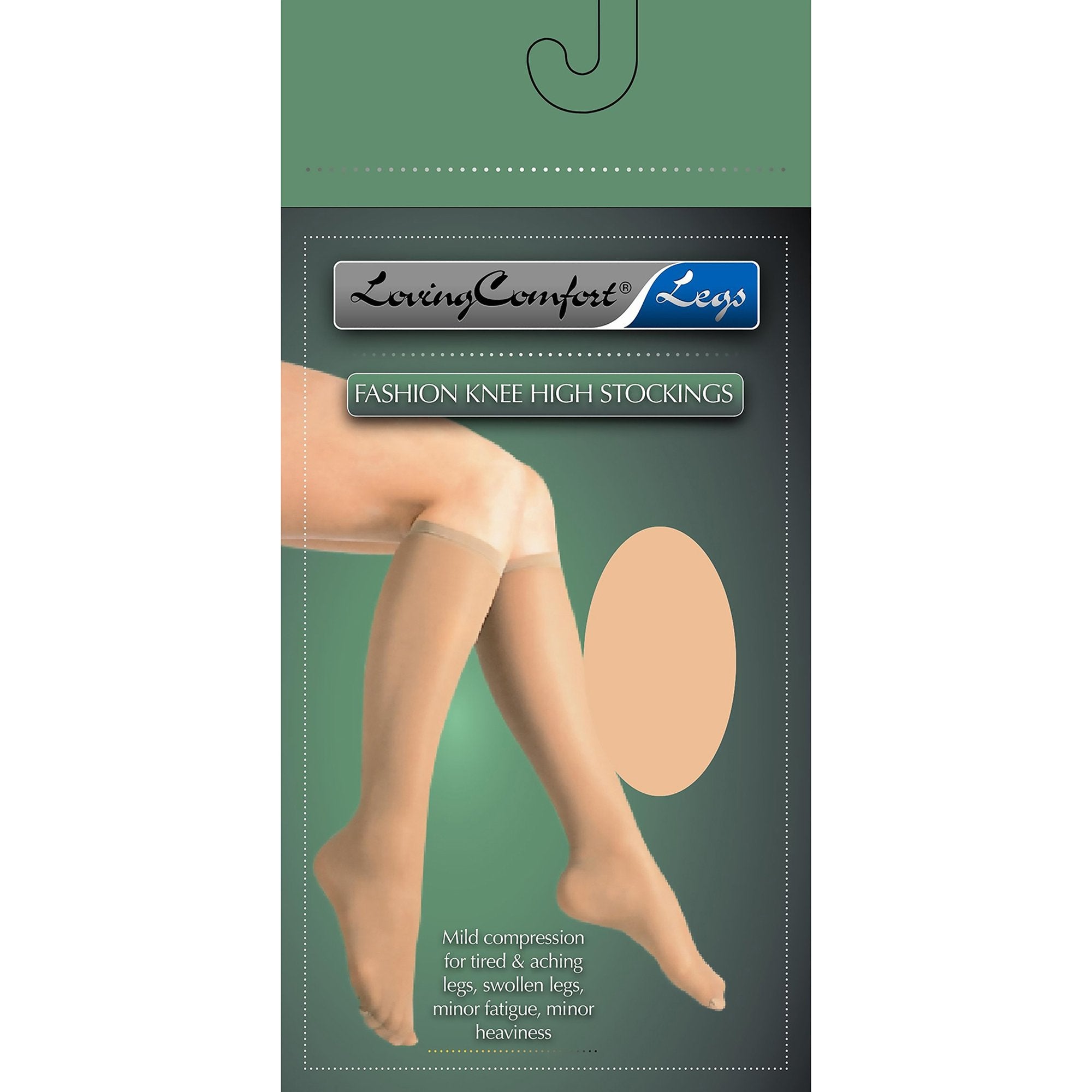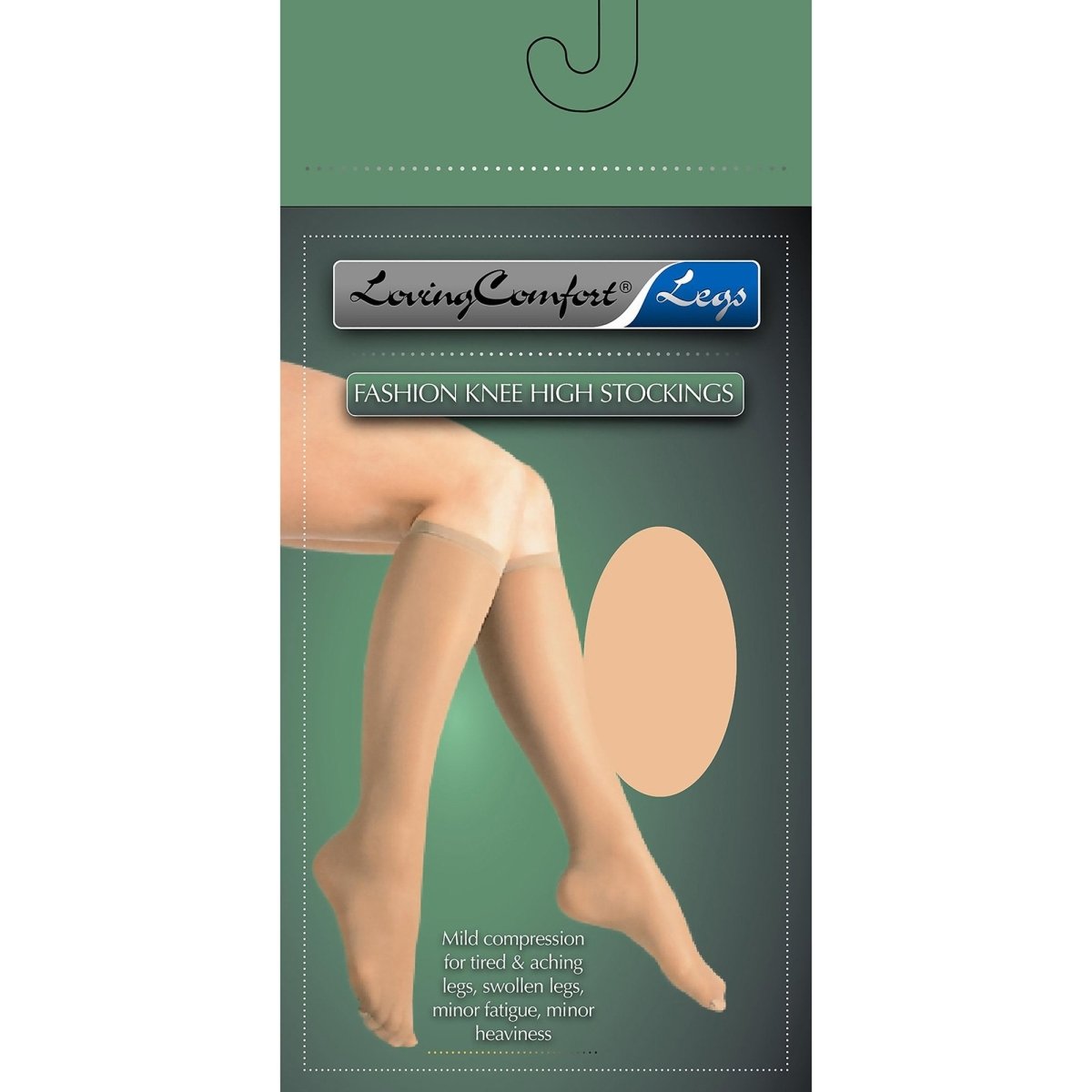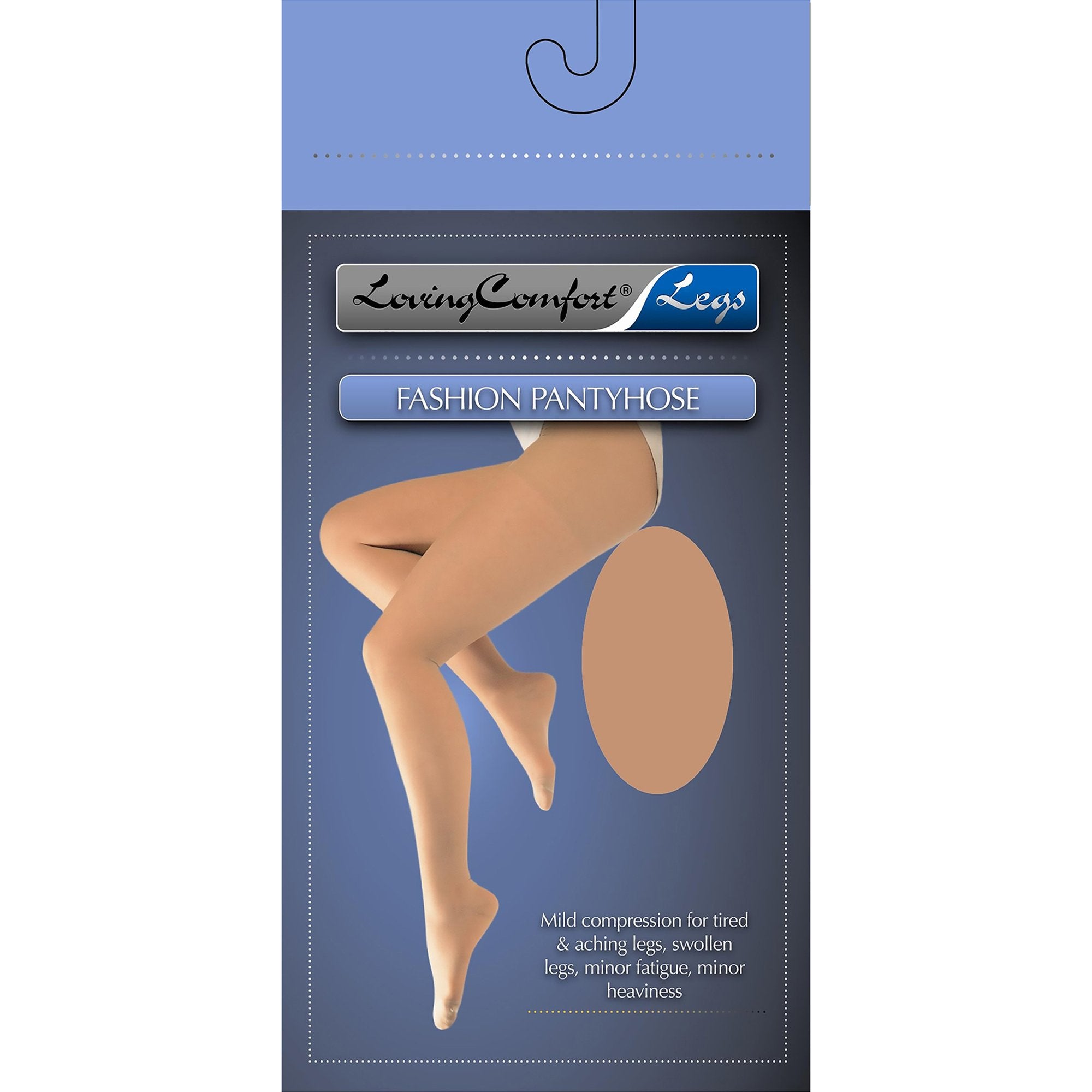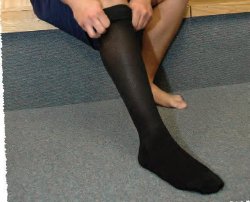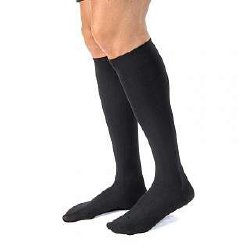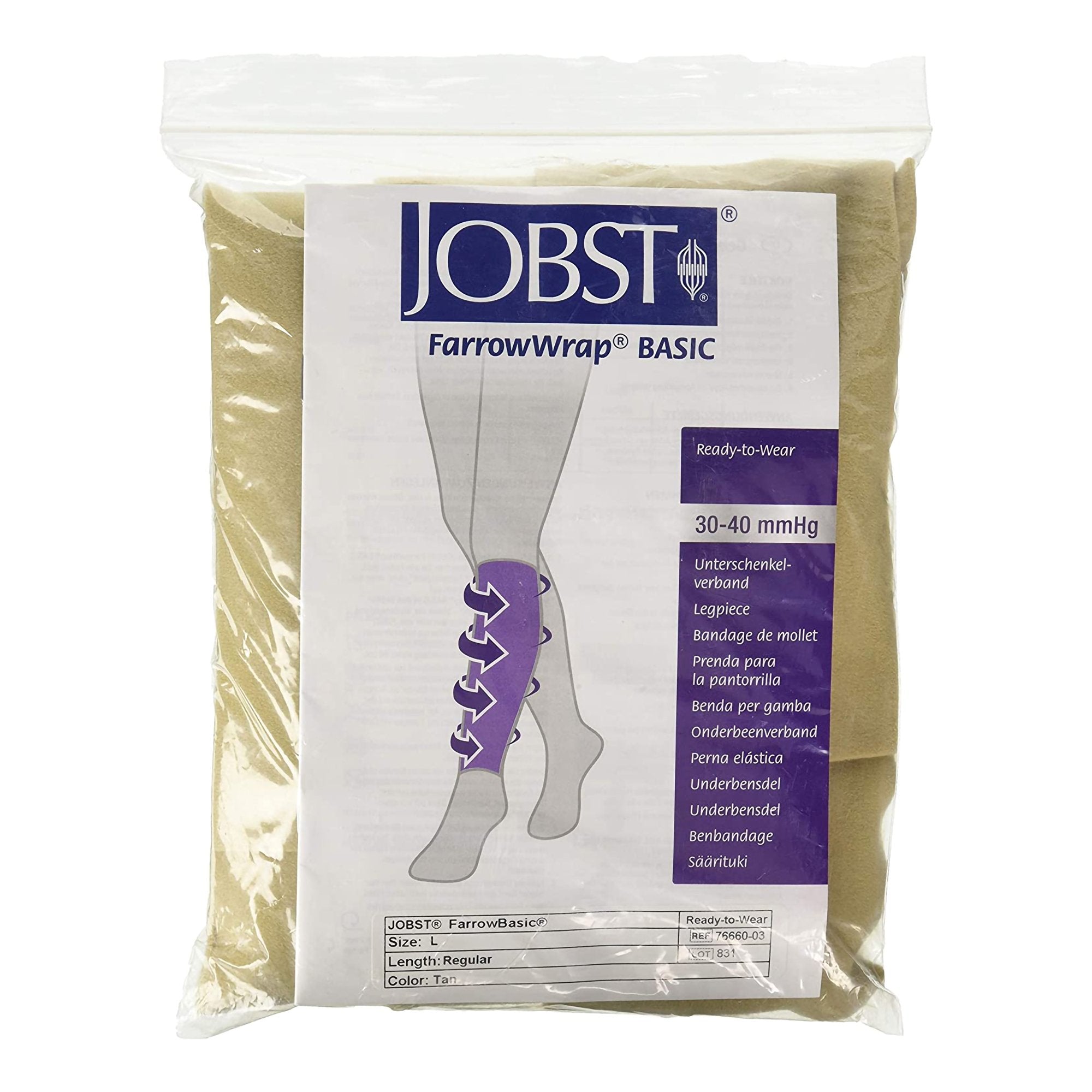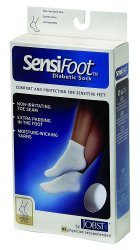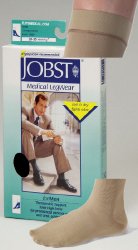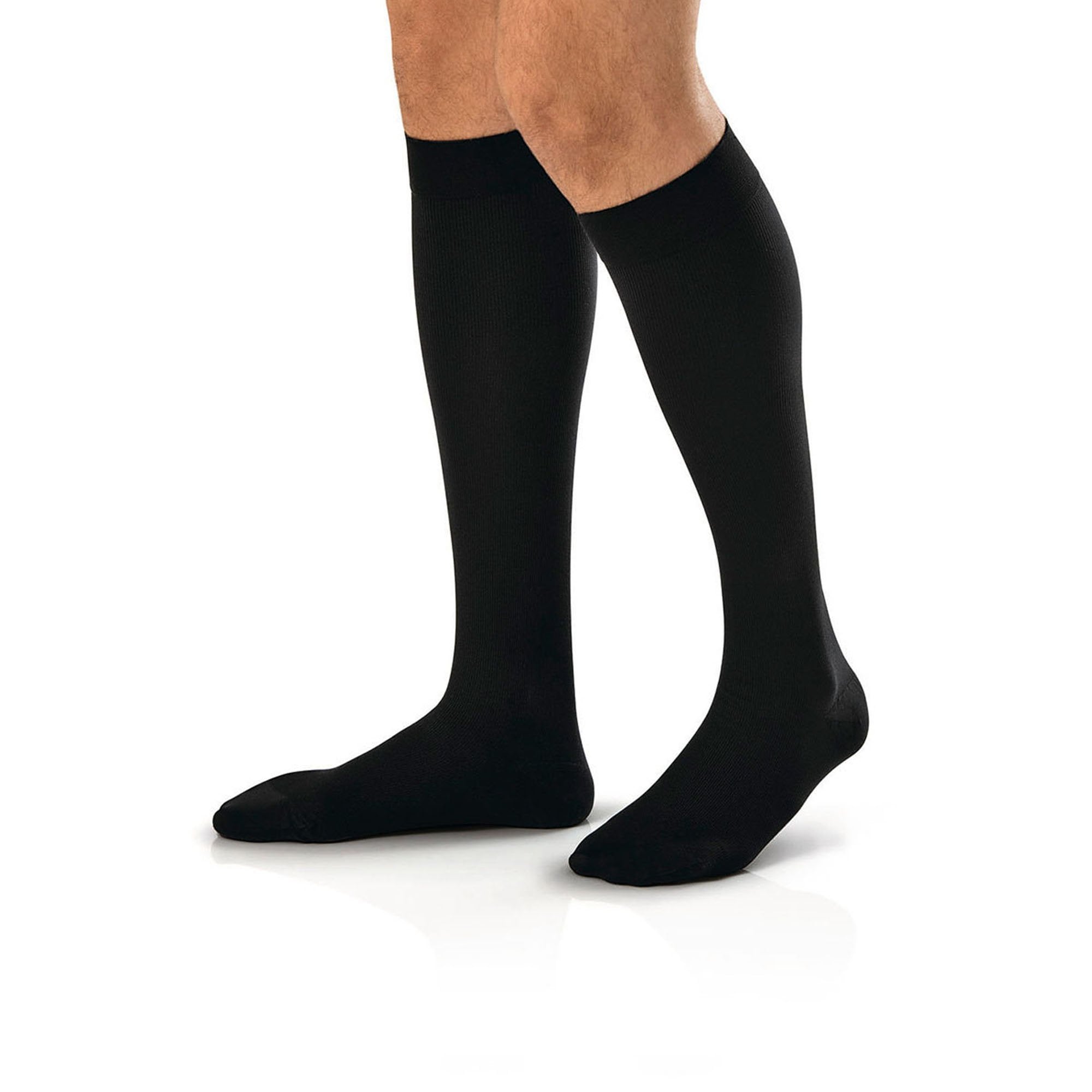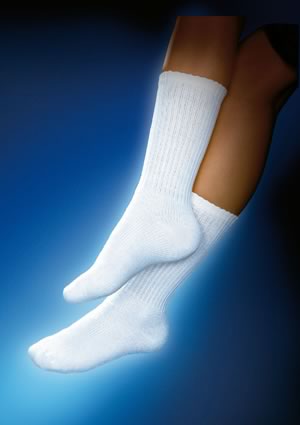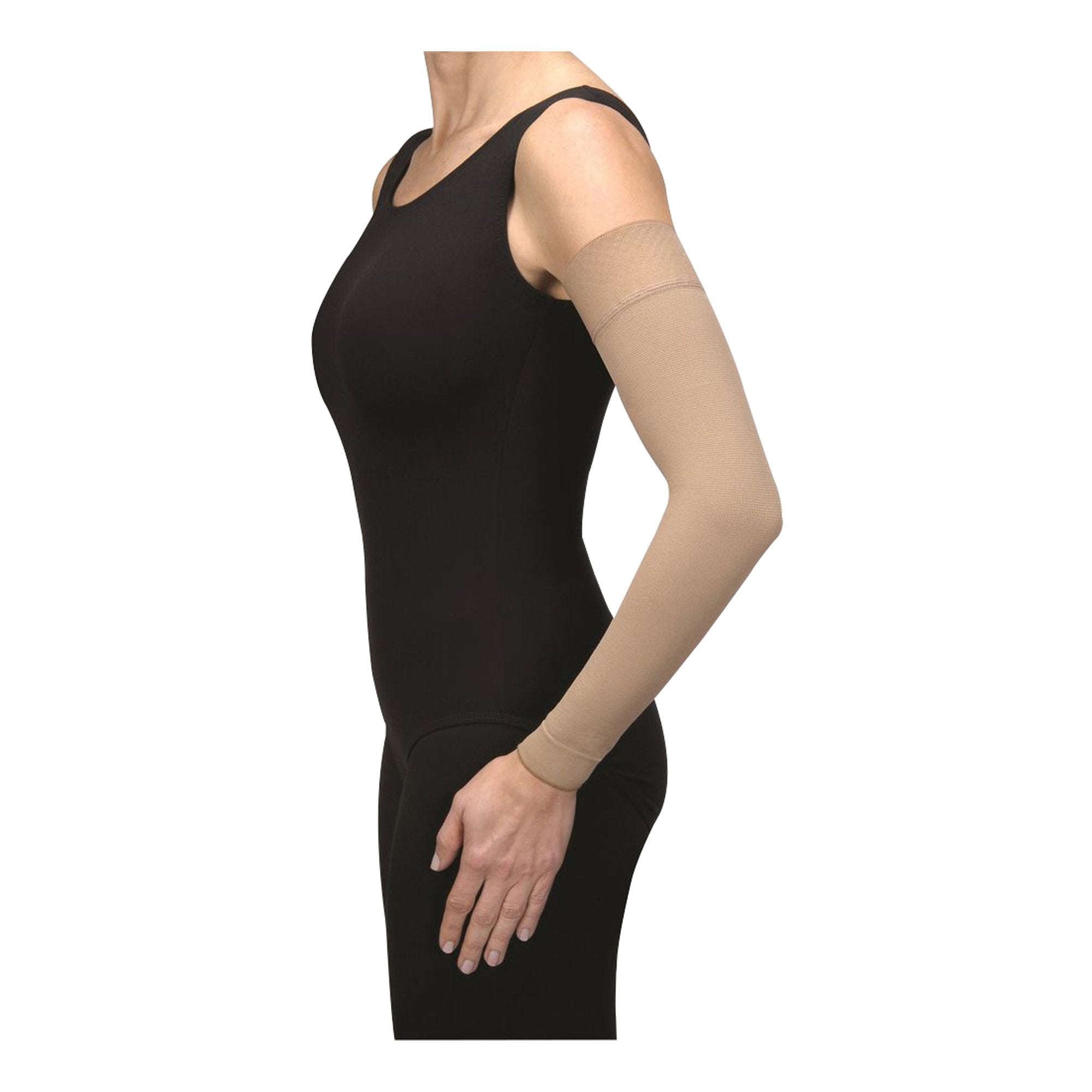Compression Garments: Enhancing Performance and Recovery
Compression garments have gained popularity in recent years for their potential benefits in enhancing performance and aiding recovery. Athletes, fitness enthusiasts, and individuals with medical conditions have been utilizing these garments to improve blood circulation, reduce muscle fatigue, and accelerate the healing process. This article explores the world of compression garments, their benefits, types, and how to choose the right ones.
What are Compression Garments?
Compression garments are specialized clothing designed to exert pressure on specific areas of the body. They are typically made from elastic materials such as spandex, which allows them to fit snugly and apply graduated compression. These garments are available in various forms, including socks, sleeves, shirts, pants, and full body suits.
How Compression Garments Work
Compression garments work by applying graduated pressure to the underlying tissues, muscles, and veins. The pressure helps to improve blood circulation, facilitating the flow of oxygenated blood to the muscles and organs. Additionally, compression garments help to reduce the build-up of lactic acid and other metabolic waste products, minimizing muscle fatigue and soreness.
Benefits of Compression Garments
- Improved Blood Circulation
Compression garments assist in improving blood circulation by applying pressure that helps to push blood back towards the heart. This enhanced circulation delivers more oxygen and nutrients to the muscles, promoting better performance and reducing the risk of injuries.
- Reduced Muscle Fatigue and Soreness
By reducing muscle vibration during physical activity, compression garments help to minimize muscle fatigue and soreness. They provide support to the muscles, reducing the risk of micro-tears and enhancing muscle efficiency.
- Enhanced Performance and Endurance
Compression garments have been found to enhance athletic performance and endurance. The improved blood flow and reduced muscle fatigue allow athletes to perform at higher intensities for longer durations.
- Faster Recovery Time
Wearing compression garments post-exercise or injury can aid in faster recovery. The increased circulation and pressure help to remove metabolic waste products from the muscles, reducing inflammation and promoting tissue repair.
Types of Compression Garments
Compression garments are available in various types, each designed to target specific areas of the body.
-
Compression Socks and Stockings: These are commonly used to improve blood circulation in the legs and feet, aiding in the prevention of conditions like deep vein thrombosis (DVT) and varicose veins.
-
Compression Sleeves and Arm Bands: These garments provide targeted compression to the arms, offering support and improving circulation. They are commonly used in sports such as basketball, tennis, and weightlifting.
-
Compression Shirts and Pants: These garments are designed to provide compression to the upper body and lower limbs, aiding in muscle support and recovery. They are commonly worn by athletes during training and competitions.
-
Full Body Compression Suits: These suits cover the entire body, providing overall compression and support. They are often used in sports like swimming and triathlons.
Who Can Benefit from Compression Garments?
Compression garments can benefit a wide range of individuals, including:
-
Athletes and Fitness Enthusiasts: Compression garments are commonly used by athletes and fitness enthusiasts to enhance performance, reduce muscle fatigue, and aid in recovery.
-
Individuals with Medical Conditions: People with conditions such as lymphedema, varicose veins, and deep vein thrombosis can benefit from compression garments to improve blood circulation and manage symptoms.
-
Pregnant Women: Compression stockings are often recommended for pregnant women to prevent swelling, leg cramps, and varicose veins during pregnancy.
Choosing the Right Compression Garments
When selecting compression garments, several factors should be considered:
-
Compression Level: The level of compression is determined by the pressure applied by the garment. It is essential to choose the appropriate compression level based on individual needs and preferences.
-
Fit and Size: Compression garments should fit snugly but not be excessively tight. Proper sizing ensures optimal compression and comfort.
-
Material and Breathability: Consider the materials used in the garment to ensure breathability and moisture-wicking properties for maximum comfort during prolonged wear.
How to Wear and Care for Compression Garments
To get the most out of compression garments, it is crucial to follow proper wearing and care instructions:
-
Putting on Compression Garments: Start by turning the garment inside out, and gradually roll it up. Carefully place the garment on the desired body part and unroll it, ensuring even and smooth compression.
-
Proper Care and Maintenance: Compression garments should be hand-washed or machine-washed as per the manufacturer's instructions. Avoid using fabric softeners or bleach, as these can damage the elastic properties of the garment.
Conclusion
Compression garments offer a range of benefits, from improved blood circulation and reduced muscle fatigue to enhanced performance and faster recovery. Athletes, fitness enthusiasts, and individuals with specific medical conditions can utilize these garments to optimize their physical well-being. By choosing the right compression garments and following proper wearing and care guidelines, individuals can experience the advantages they offer.
Frequently Asked Questions about Compression Garments
Do you still have questions about Compression Garments?
If we still haven't answered your question, you can contact us by phone or email and we will get back to you as soon as possible.

